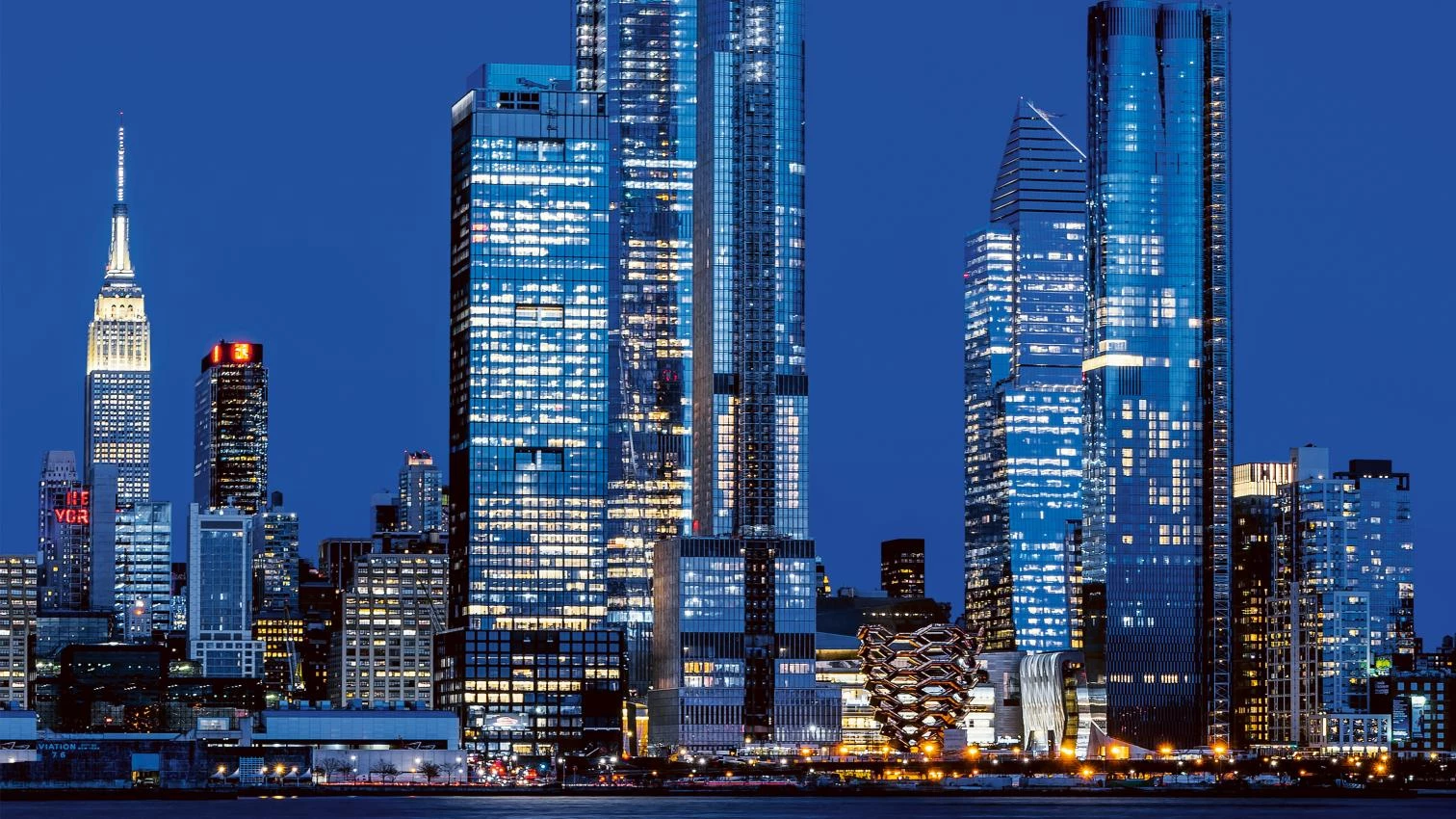
One thing that’s always been true in New York,” says Dan Doctoroff, “is that if you build it, they will come.” He is referring to Hudson Yards, the $25 billion, 28-acre, mega-project that he had a critical hand in originating while he was deputy mayor of the city under Michael Bloomberg in the early 2000s. He can now look down on his co-creation every day from his new office in one of the development’s towers and see hundreds of people climbing up and down Thomas Heatherwick’s Vessel sculpture, like tiny maggots crawling all over a rotting doner kebab.
The first phase of Hudson Yards opened last month and people have indeed come – mostly to gawp at how it could have been allowed to happen. On a vast swath of the west side of Manhattan once earmarked for New York’s 2012 Olympic bid, a developer has conjured a private fantasy of angular glass towers stuffed with offices and expensive apartments, rising above a seven-storey shopping mall on an endless grey carpet, sprinkled with small tufts of ‘park.’
The surprising thing isn’t that such a development has happened. The real shock is that it’s quite so bad. Hudson Yards’ marketing hype is showered with superlatives: this is the largest and most expensive private real estate project in US history, a place bursting with ‘never-before-seen’ retail concepts and ‘first-of-its-kind’ dining destinations. It is billed as the ultimate in everything, a refined playground for discerning urbanites, with stores where you can spend five figures on a wristwatch and $800 on a haircut.
Yet it all feels so cheap. From the architectural zoo of convulsing angles to the apparent lack of care spent on the details, this is bargain-basement building-by-the-yard stuff that would feel more at home in the second-tier city of a developing economy. Stephen Ross, the billionaire boss of The Related Companies and driving force of the project, described it as a “museum of architecture,” which isn’t untrue. Walking through Hudson Yards feels like browsing a cladding depot, where panels of curtain-wall glazing, brushed aluminium and bits of stone collide in a wonky collage...





